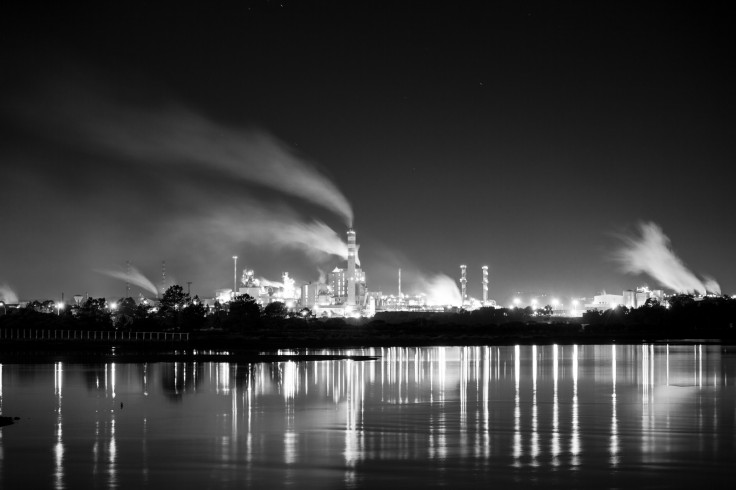Toxic nitrogen oxides could be captured from factory fumes to make medicine
NOx gases are pollutants, but can be used in chemical processes to create nitrogen-containing drugs.

Toxic nitrogen oxides, known as NOx gases, could be captured form factory waste fumes and used to make valuable nitrogen-based drugs and dyes.
Nitrogen oxides, or NOx gases, are generated in industrial factories and contribute to air pollution. Instead of releasing these harmful gases to the atmosphere, scientists in Germany want to captures them and use them in dyes and medicines.
NOx gases are one ingredient of photochemical smog, which worsens respiratory problems and has been linked to lung cancers. These gases form when fossil fuels are burned and are usually released to the atmosphere in vehicle exhaust or waste fumes from factories. This release into the environment contributes to serious air pollution in large cities such as Beijing.
Scientists at the Friedrich-Alexander University Erlangen-Nürnberg have based an experiment on a common industrial process of converting copper to copper nitrate to see how the nitrogen oxide could be captured, purified and reused, publishing the results in a paper published in the journal Chemistry.
"Copper nitrate is used as a colourant, an anti-corrosive coating, a wood preserving agent and as an oxidising agent in chemical synthesis," said study author Markus Heinrich in a statement.
"We have developed a way of directly using the nitrogen oxide created during the manufacturing process in the synthesis of balsalazide and sulfasalazine – two [drugs] used in the treatment of chronic inflammatory bowel diseases."
Using a tube-shaped gas washer, the researchers extracted 99.7% of the nitrogen oxide in the waste fumes. The nitrogen oxides were then fed into another chemical process to generate balsalazide and sulfasalazine. A similar process could be used to make nitrogen-based dyes.

"This is a remarkable value, but of course we've only achieved it in the laboratory environment," said Heinrich.
The experiment would need to be scaled up significantly to be useful in a real factory setting. Certain types of factories are also likely to be better than others to be a good source for extracting the nitrogen oxides.
"Anywhere we have a manageable range of source materials, including for example the etching of printed circuit boards for electronic applications, we can use the by-product nitrogen oxide for the manufacture of medicinal products.
"The situation is a bit different in the case of power plants or waste incineration plants – obviously it's best to avoid using such a cocktail of toxins and heavy metals to make medicines."
© Copyright IBTimes 2025. All rights reserved.






















